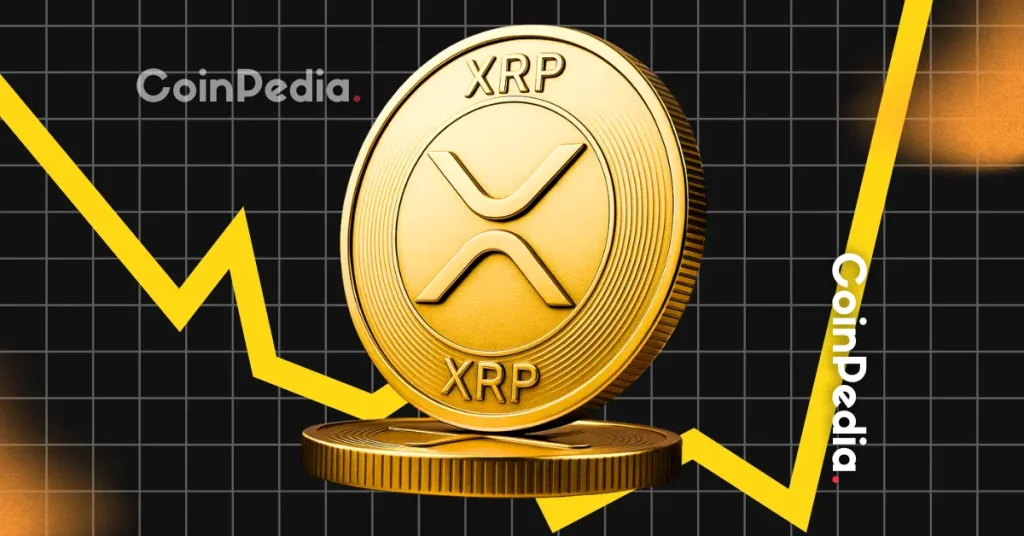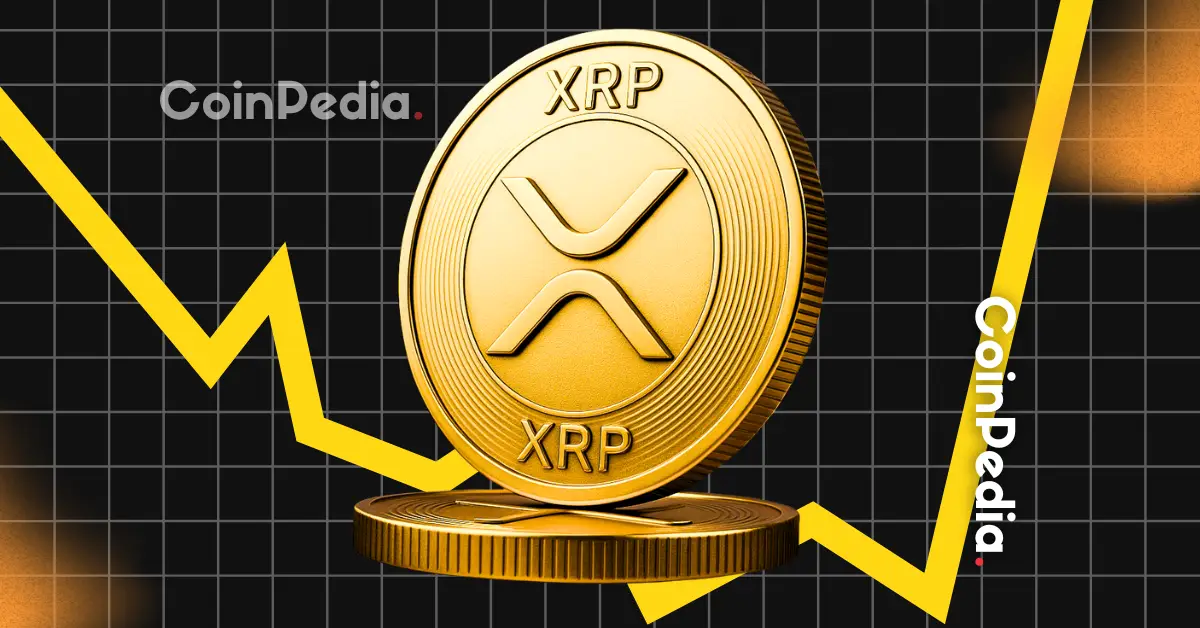
The Rise of XRP: A Paradigm Shift in Digital Finance
A New Era of Digital Finance
The cryptocurrency market has long been a battleground of volatility and speculation, but one digital asset has managed to rise above the noise, capturing the attention of investors and institutions alike. XRP, the native cryptocurrency of the Ripple network, has achieved a remarkable milestone: surpassing the market capitalization of McDonald’s, a global fast-food giant with a decades-long legacy. This achievement is not merely a numerical victory but a symbolic shift in the financial landscape, signaling the growing acceptance and potential of digital assets.
The Factors Behind XRP’s Surge
XRP’s ascent to becoming the third-largest cryptocurrency by market capitalization is the result of a confluence of strategic developments and market dynamics. Unlike Bitcoin, which was designed as a decentralized digital currency, XRP was created with a specific purpose: to revolutionize cross-border payments. This utility-driven approach has positioned XRP as a viable solution for financial institutions seeking to streamline their international transactions.
Ripple’s Strategic Focus
Ripple, the company behind XRP, has strategically positioned itself as a bridge between traditional finance and the digital asset space. By focusing on cross-border payments, Ripple has tapped into a market ripe for disruption. Traditional cross-border payment systems are often slow, expensive, and inefficient. XRP offers a faster, cheaper, and more transparent alternative, making it an attractive option for banks and financial institutions.
Regulatory Clarity and the SEC Lawsuit
One of the most significant hurdles for XRP has been regulatory uncertainty. The protracted legal battle between Ripple and the Securities and Exchange Commission (SEC) has cast a shadow over XRP’s future. However, recent developments in the lawsuit have provided a glimmer of hope. Positive rulings and the prospect of the CLARITY Act have instilled confidence in investors, suggesting that regulatory clarity may be on the horizon. This clarity is crucial for institutional investors, who have been cautious about entering the crypto market due to regulatory risks.
Demand for Utility-Driven Tokens
The cryptocurrency market has evolved significantly since its inception. Early on, the market was driven by speculation and hype, with investors chasing the next big thing. However, as the market matures, there is a growing demand for tokens with real-world utility. XRP fits this criterion perfectly. Its role in facilitating cross-border payments aligns with the broader trend of institutional adoption, making it an attractive option for investors seeking long-term value.
The Altseason Phenomenon
While Bitcoin remains the dominant cryptocurrency, periods of “altseason” see alternative cryptocurrencies (altcoins) experience significant gains. XRP has benefited from this phenomenon, as investors diversify their portfolios and seek opportunities in promising altcoins. The anticipation of further gains in the altcoin market has fueled demand for XRP, contributing to its price surge.
The ETF Effect
The introduction of Bitcoin ETFs has opened the doors for institutional investors to enter the crypto market. The prospect of an XRP ETF has further excited investors, anticipating a similar influx of capital into XRP. This anticipation, combined with positive sentiment surrounding potential US crypto legislation, has acted as a catalyst for XRP’s price appreciation.
The Symbolic Overtaking of McDonald’s
The fact that XRP’s market capitalization has surpassed that of McDonald’s is more than just a numerical milestone; it is a symbolic representation of the changing financial landscape. McDonald’s, a global icon of traditional finance and consumerism, has been a fixture of the global economy for decades. XRP, on the other hand, represents a new paradigm of digital finance, challenging traditional systems with its decentralized and efficient technology.
This overtaking signifies a shift in investor sentiment towards digital assets and a growing belief in their potential to disrupt traditional industries. It also highlights the increasing mainstream acceptance of cryptocurrencies, as they move from the fringes of finance to the forefront of the global economy. XRP reaching this milestone underscores that the cryptocurrency realm is no longer a niche market but a force to be reckoned with, capable of challenging established giants.
Challenges and Opportunities Ahead
While XRP’s recent success is undoubtedly impressive, it is important to acknowledge the challenges and opportunities that lie ahead. The cryptocurrency market is dynamic and unpredictable, and XRP is not immune to potential headwinds.
Regulatory Scrutiny
The regulatory landscape for cryptocurrencies remains uncertain, and XRP is not immune to potential regulatory challenges. The outcome of the SEC lawsuit will continue to have a significant impact on XRP’s future. Navigating evolving regulations and ensuring compliance will be crucial for sustained growth.
Competition
The cross-border payments market is becoming increasingly competitive, with established players and emerging fintech companies vying for market share. XRP will need to continue to innovate and differentiate itself to maintain its competitive edge.
Adoption by Financial Institutions
While Ripple has made strides in partnering with financial institutions, widespread adoption of XRP for cross-border payments is still in its early stages. Increasing adoption and demonstrating tangible benefits to financial institutions will be essential for long-term success.
Technological Advancements
The cryptocurrency space is characterized by rapid technological innovation. XRP will need to continue to invest in research and development to stay ahead of the curve and maintain its technological advantage.
The Future of XRP
Despite these challenges, XRP has the potential to revolutionize the cross-border payments industry and become a key player in the future of finance. Its focus on utility, combined with positive regulatory developments and growing institutional interest, positions it for continued growth and success.
The future of XRP is not just about its individual success but a reflection of a larger movement towards a more digital, efficient, and interconnected global financial system. As XRP navigates regulatory hurdles, fosters broader institutional adoption, and continues its technological evolution, its future appears bright. The future is digital, and XRP is at the forefront, leading the charge into this new era.





